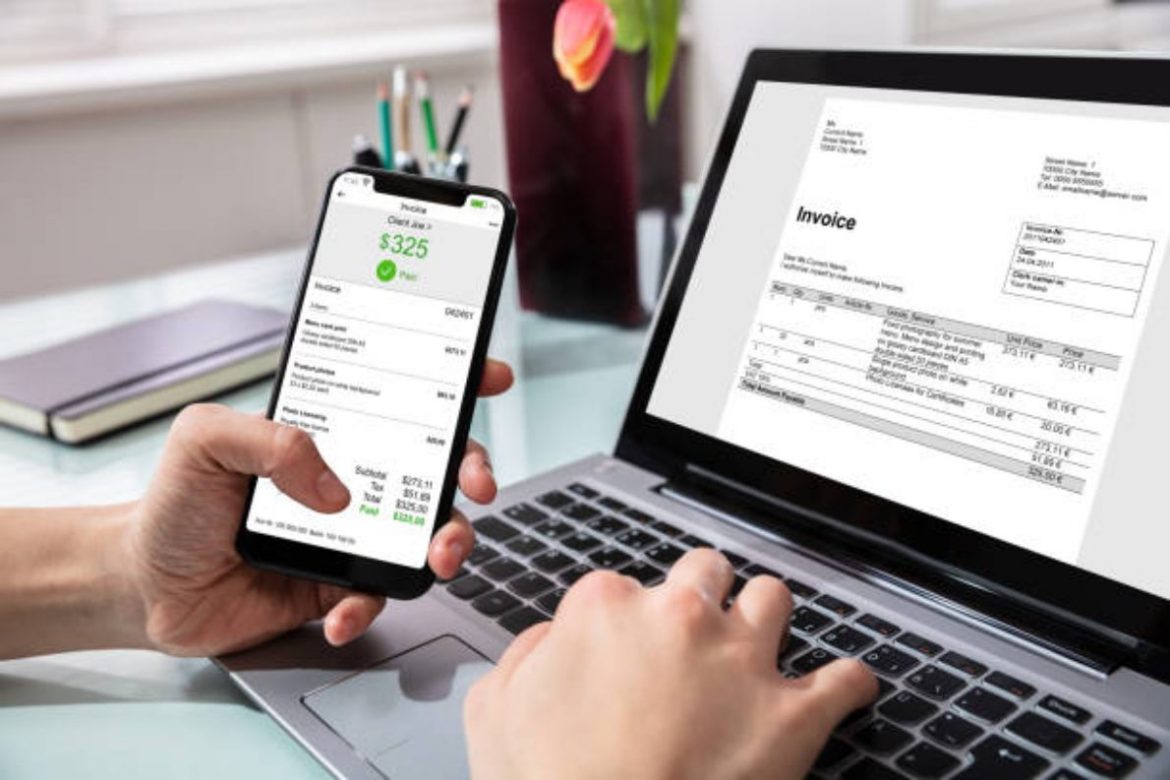Before we delve into the best practices for software Bill of Materials, let’s quickly re-examine its meaning.
2022-09-29 version numbers, components, and vendor information. Similar to a conventional BOM, the SBOM makes it easier to determine if an application contains potentially dangerous packages. A comprehensive list of all elements reduces risks for both the creator and the user.
The main components in SBOM are:
- Open-source libraries
- Application’s plugins
- Extensions or other add-ons.
- Custom source code developed by in-house developers
- Licensing status, versions’ information, component’s patch status.
While SBOM ensures complete security, there are some best practices you need to understand to make the best use of the service. This article explains the best practices for creating a software bill of materials.
Table of Contents
Why is SBOM important?
SBOMs are employed for the management of vulnerabilities, licenses, and inventories. An SBOM is essential for software developers as well as for the end users of that software. It enables users to understand the software ecosystem and provides numerous benefits.
Before moving further, what is SBOM? SBOM (Software Bill of Materias) is the inventory or database of software components and every other critical elements. As you’ve heard several times, SBOM is a key par of your software security and any error or laxity at this stage might expose software to threats.
As a result, SBOM is important as the software itself.
SBOMs can provide additional benefits in addition to security, such as facilitating increased efficacy and efficiency which in turn thereby helps in improved management and prioritization. Software bill of materials help assist the producer in comprehending and complying with license requirements. You will also be able to track vital elements of the software processes and management.
What Are The Best Practices for Software Bill of Materials
The following recommended practices can assist developers in promptly and efficiently creating and managing SBOMs.
Use a standard SBOM format and stick to it.
One of the best practices when it comes to managing SBOM is making sure to stick to an uniform structure when storing SBOM data. Of course there are different SBOM formats you can choose from, ranging from Cyclone to SPDX. It is wise to choose a format that is standard and stick to it.
Also, you need to be consistent in the format you choose.
Automate your SBOM
Automation is the best way to go about an SBOM. This will save you the time and stress of creating one SBOM.
It will also be able to cryptographically sign and verify automated SBOMs produced as part of the CI/CD process. Through this, you may show to your consumers that the capabilities you specify in the SBOM exist in the program you sell.
Without the automated signature of pipeline components, it would be tough to certify the authenticity of an SBOM, which would undermine the advantage of possessing one in the first place.
Update your SBOM with the latest release.
To properly maintain SBOM, it is crucial to update it as the applications are upgraded. This will be easy if you are creating your SBOM automatically as this will make it easy to update the SBOM each time you add or remove a dependency or modify the version of a component.
With this, you can ensure the correctness of your SBOMs and provide your customers with clear information about how vulnerabilities in a certain version of your product may affect them.
Add complete metadata to your SBOM.
There is no rule of thumb as to the metadata to be included in SBOMs but we advise that you include enough metadata as you can to all your SBOMs.
By doing so, you will be saving your consumers the stress and time of having to search for licenses and fixes on their own since your SBOM already contains all the necessary information such as the patching status, licensing information, etc.
If a security vulnerability is discovered in one of the components you supply, you are also in a better position to update your product’s vulnerable components more quickly.
Create an SBOM for each application.
SBOMs provide the audit trail for your app. They outline certain sections of your application for each version. This will help you when there are holes in older versions because it will make it easier for you to check for vulnerabilities for those who still use the older versions of the software.
Only share your SBOM with trusted third parties
Your application’s components may contain sensitive data. Giving the public access to your SBOMs makes it simple for hackers to discover possible security holes in your program. Only share your SBOM with people you can trust or only when it is necessary; e.g for compliance sake.
Provide SaaS SBOMs
Although it may seem ludicrous, SaaS model users do not install software on their servers. They often don’t have control over managing software licenses or patches, either. Therefore, creating SBOMs for SaaS systems may not be as necessary.
However, providing SBOMs for SaaS programs may let customers know when a flaw would make the SaaS platform vulnerable to hacking. Even if customers don’t have to fix the vulnerability directly, they may still meet their security goals by being alerted of it.
Lastly, security teams must maintain a single repository containing SBOMs for all applications, this will make it easy for them to scan and analyze all applications from scratch.
Conclusion
Security teams must maintain a shared repository of SBOMs across all applications and development teams, even while individual development or application teams are free to keep SBOMs in a repository alongside their code artifacts.
Rather than having to waste time looking for and rescanning all of their applications from scratch, security teams and CISOs need to be able to quickly scan the SBOMs of all their software and assess it. A centralized repository for reporting and other compliance operations is also necessary to meet regulatory requirements or compliance standards.


